Drivers of the Nissan Rogue, especially recent models, may be alarmed to see an unfamiliar notification labeled "Chassis Control System Fault" illuminated on their car dashboard. Fortunately, this alert indicates a straightforward issue that can be easily rectified. Chassis control systems are responsible for the vehicle's handling in response to certain conditions and help ensure a safe and comfortable ride. These systems' errors often require resetting or replacing specific components to resolve the problem.
❓What Does Chassis Control System Mean?
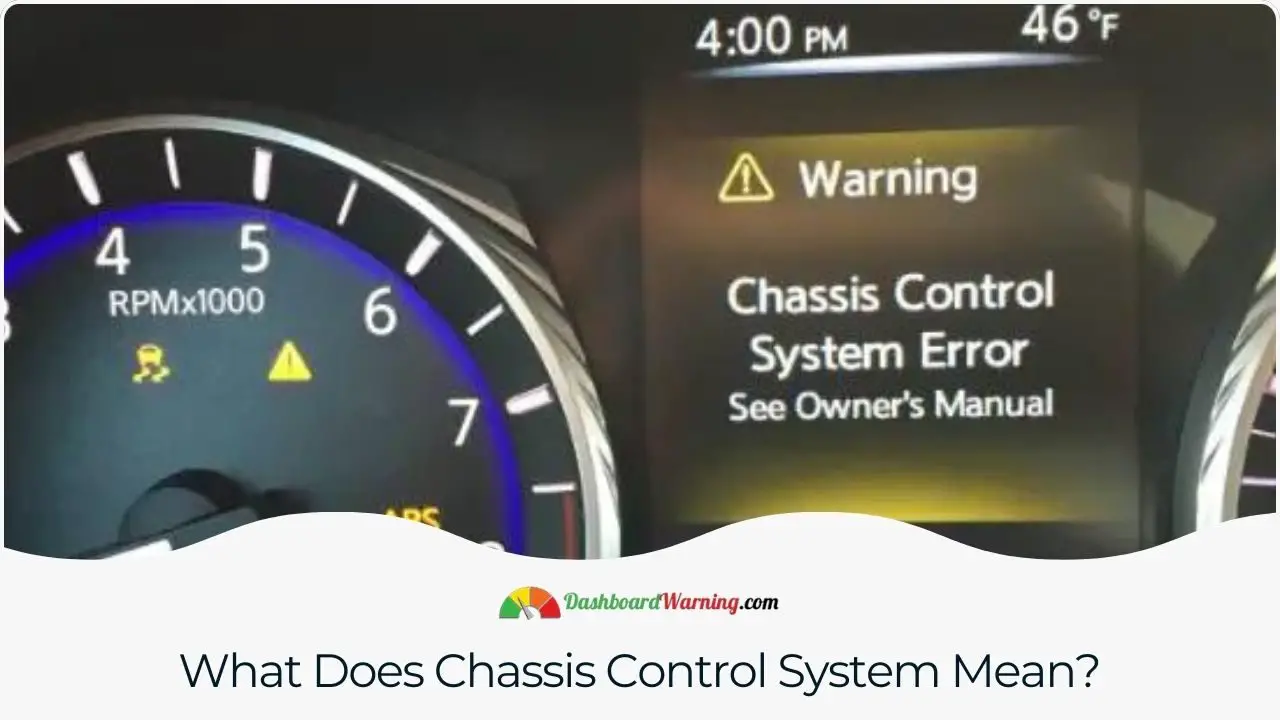
Nissan’s Rogue and X-Trail V-Series vehicles have highly advanced chassis control systems. This innovative technology is designed to provide drivers with the most comfortable, safe, and smooth driving experience possible. The system relies on sensor information about wheel speed, acceleration, G-forces, and more to ensure that the car is not subjected to too much force, even when navigating rough roads.
Additionally, thanks to technological advancements in automotive engineering over recent years, the active chassis control system now includes three distinct technologies: stability management systems (SMS), anti-lock braking systems (ABS), and traction control systems (TCS). SMS helps maintain directional stability, while ABS prevents wheel lockup during hard braking maneuvers. Finally, TCS improves grip on slippery surfaces by controlling engine power output accordingly.
🚙Active ride control
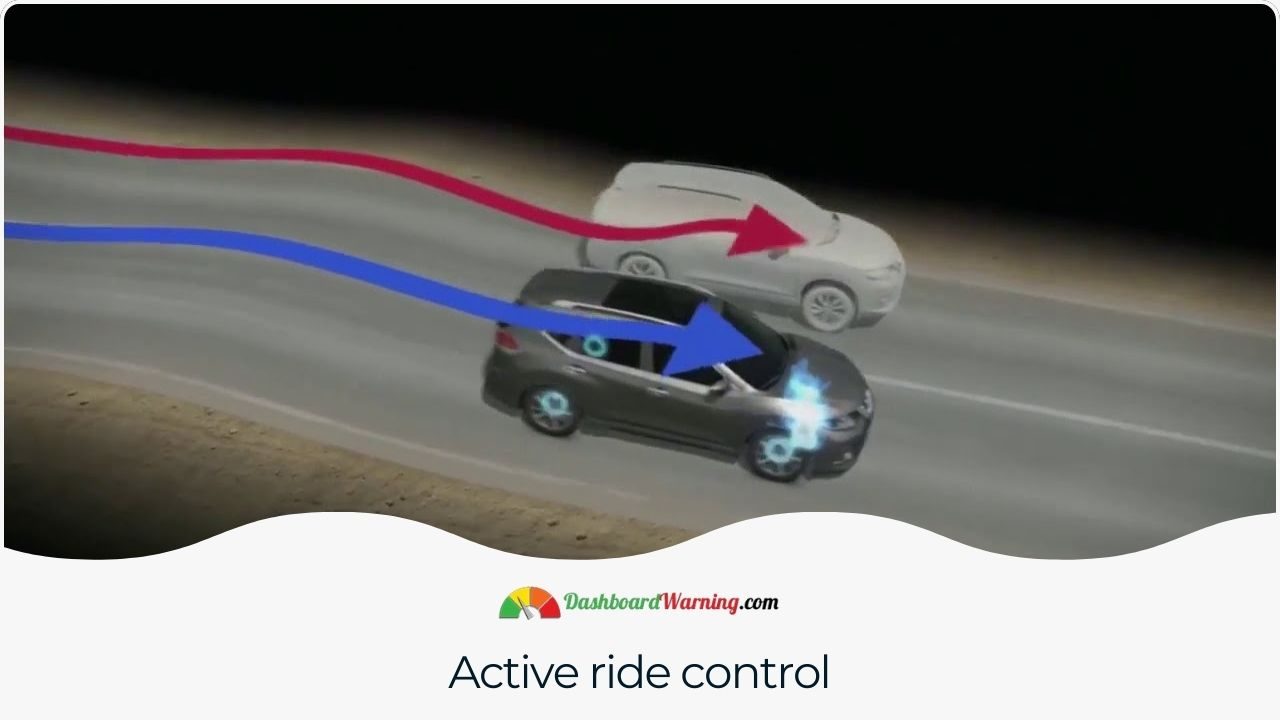
This system is designed to ensure a smoother driving experience on uneven terrain. It automatically brakes and adjusts traction depending on the road or terrain conditions, allowing for a more comfortable journey. The brake system creates an impact force that does not slow down the vehicle but allows the shock absorber to absorb this force faster, reducing vibrations felt by passengers.
Also, sensors detect changes in wheel speed, which adjust engine torque accordingly, helping to maintain a stable rate and increase safety while navigating difficult roads.
🛑Active engine brake
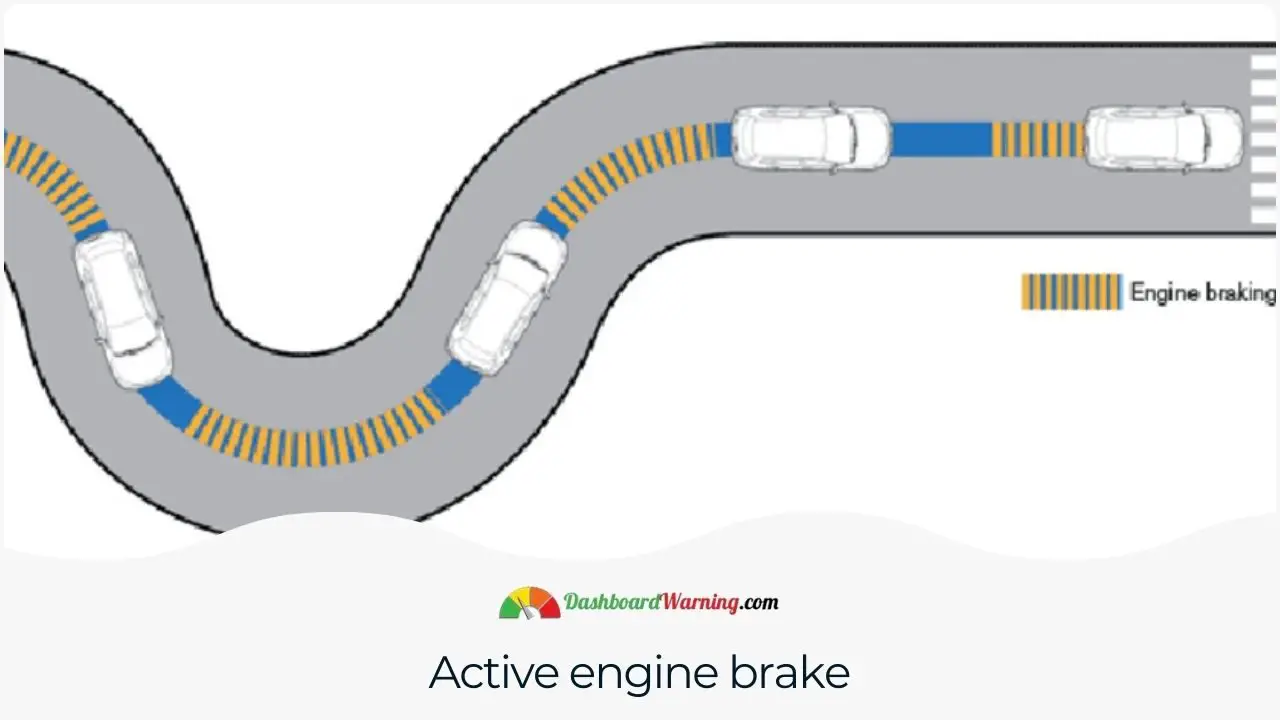
This feature provides the driver with extra safety when cornering or braking. It uses parameters from the vehicle speed, steering, and braking systems to decide whether to increase or decrease engine braking levels to assist the driver. This reduces the need for excessive force on the brake pedal, creating a smoother driving experience and improved safety.
👣Active Trace Control
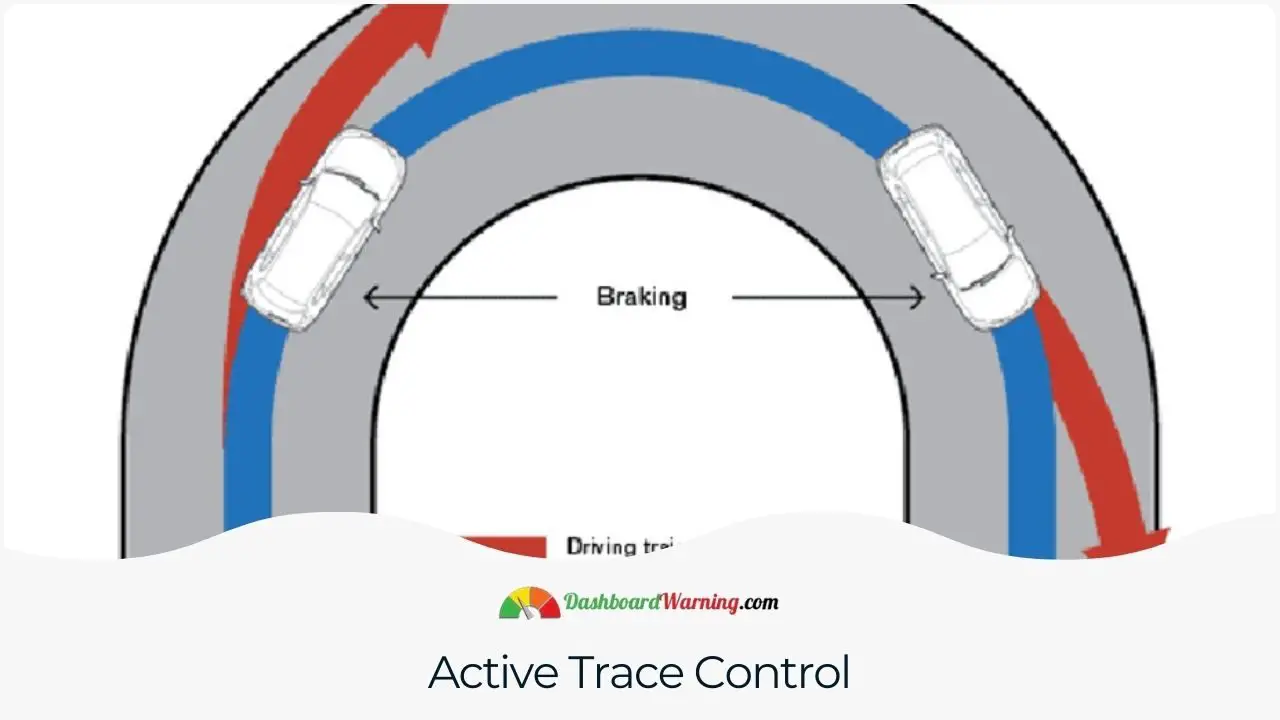
The Nissan Rogue's chassis control system has proven to be a strong asset for drivers. It utilizes several technologies to help the driver feel more confident when cornering at high speeds by controlling the braking force on each wheel according to the driving condition and steering level, speed, and braking force. Many drivers report feeling secure while driving the Rogue over 80 km/h when they need to take a sharp turn.
This improved confidence is complemented by an overall comfortable ride for passengers in the car due to these three technologies working in harmony. The result makes long drives lacking in fatigue or discomfort due solely to this innovative system that allows for safer, more efficient turning capabilities. In essence, it makes trips much more enjoyable for both driver and passenger alike as there is no worrying about possible loss of control during tight turns at great speeds.
🤔What Are The Reasons and Solutions For A Chassis Control System Fault?
Like any electronic system, a chassis control system can sometimes malfunction. This problem has several potential causes, such as faulty wiring or sensors, contaminated parts, or software glitches. To fix the fault in the chassis control system, it is important to identify and address each of these root causes. Solutions may include replacing worn-out components with new ones and ensuring all connections are properly secured and clean.
Additionally, resetting the software settings may be necessary to restore full functionality in some cases. These steps will ensure that your car's chassis control system functions correctly for years.
🚀Recommended article: How To Reset Mass Air Flow Sensor
🪫Loose battery connection
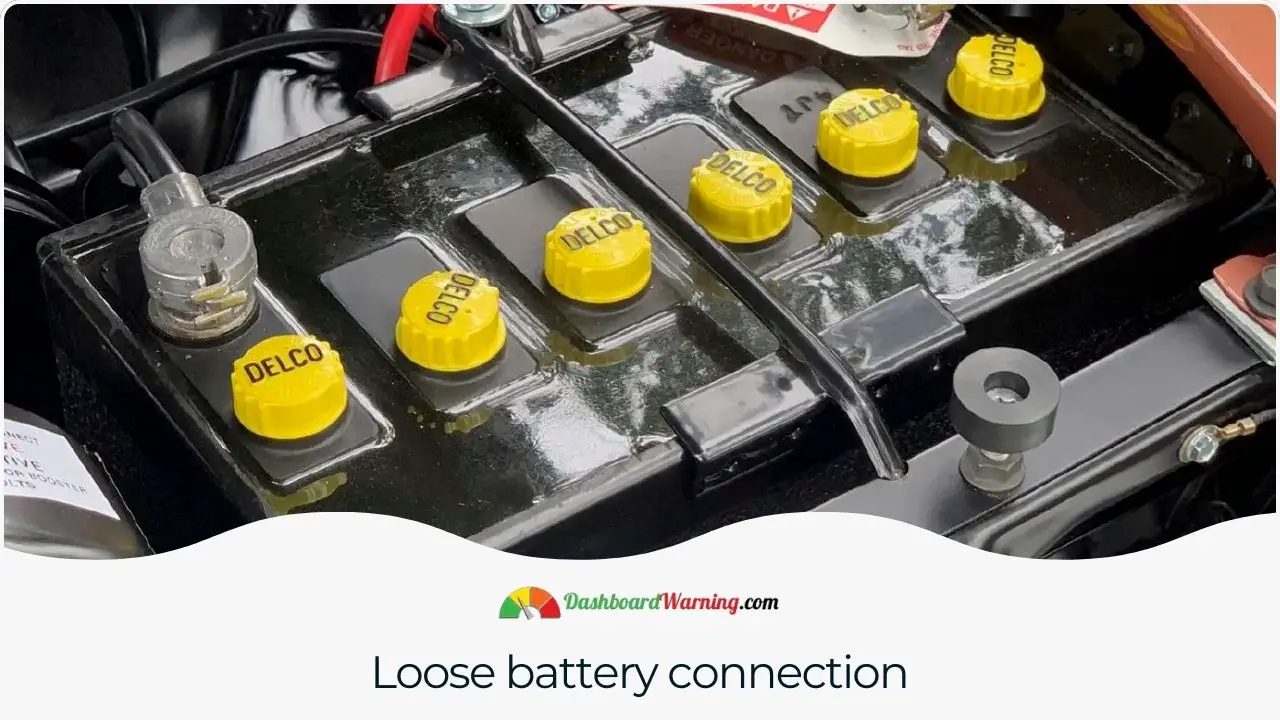
The presence of a loose car terminal can have far-reaching impacts on the current going to the car's electrical systems. This can cause multiple components, such as sensors and chassis control systems, not to work properly or be faulty. In this case, drivers will notice a warning light illuminating their dashboard. To resolve this issue, they must use a wrench or screwdriver to tighten the positive or negative cable connections associated with the battery terminal. Thankfully, this relatively straightforward task only requires tightening the nut attached to the battery terminal to restore connectivity and function.
🪫Dirty and dead battery
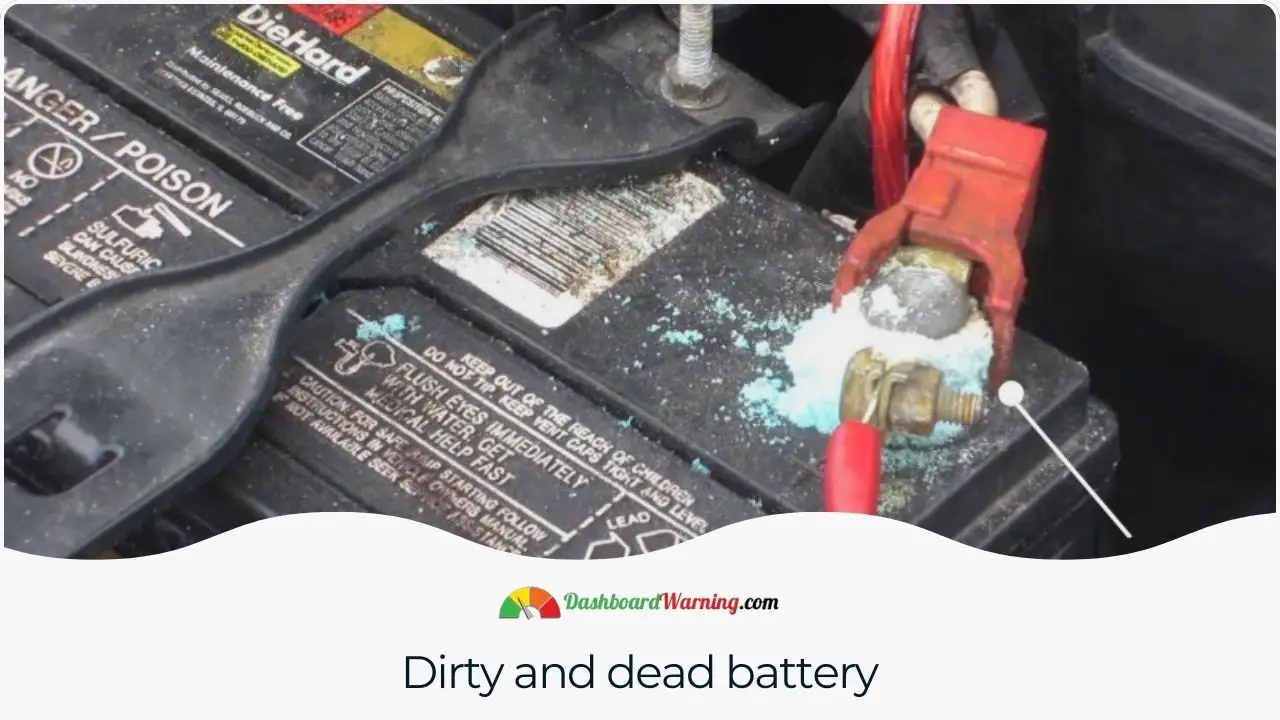
Car batteries are essential for a vehicle's performance; over time, corrosion or dirt can build up on the car battery. When this happens, your vehicle may have trouble starting or electricity-related issues, such as problems with the chassis control system. To keep your car battery in good condition, it is important to clean it periodically using a cleaning solution combined with rinsing. Disconnecting and reconnecting the cables before and after this task is also necessary.
When faced with a dead battery situation, there are several options available to help revive it temporarily:
- A second battery, booster pack, or jumper cable can be used to jumpstart the engine,
- Distilled water can be added if electrolyte levels are low,
- Epsom salt or Aspirin can get your battery back into working order.
Although reviving a dead car battery is possible in some cases, eventually, you will need to replace it so that all electrical components of your vehicle work properly again - especially its chassis control system, which requires regular maintenance from an expert technician.
🦾ABS sensor failure
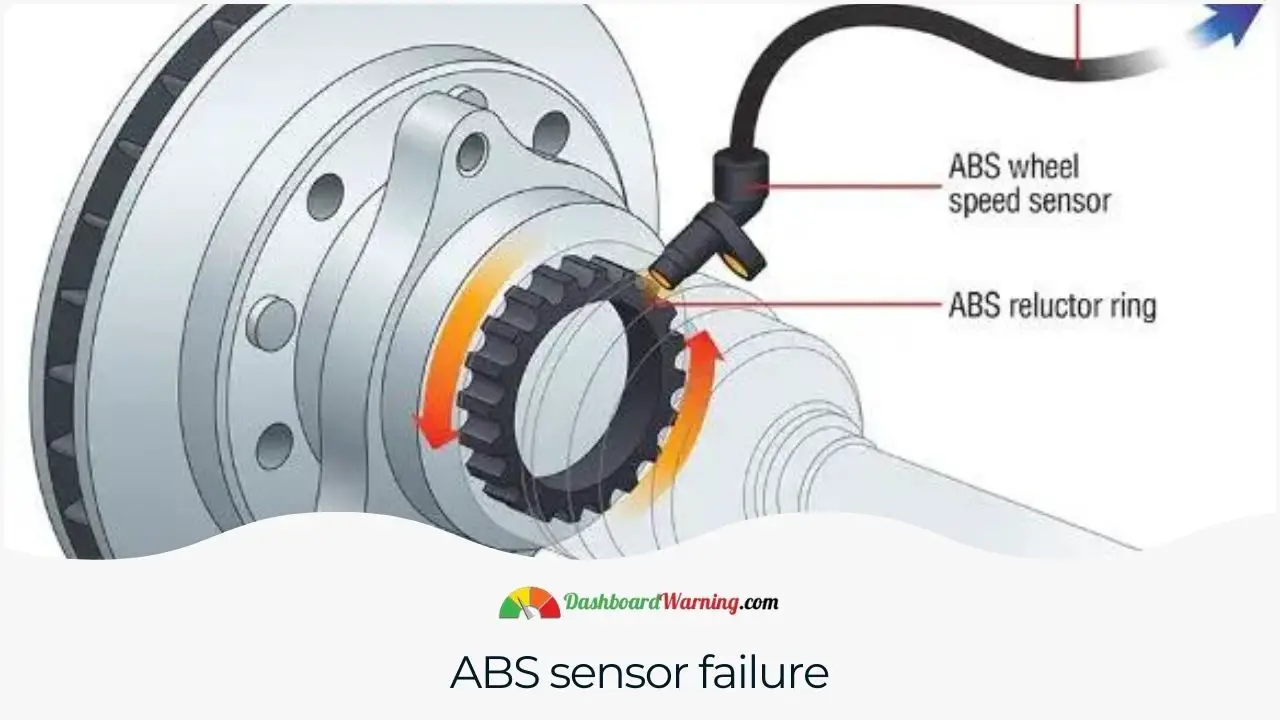
The ABS sensors work with the ABS module to provide increased stability and safety for drivers when braking. These wheel speed sensors measure the rotation and speed of each wheel, which is then fed back to the chassis control system. Suppose there are any issues with these sensors, such as a malfunction or failure. In that case, it can lead to errors being generated within the chassis control system, which can harm safety. To rectify this issue, owners should seek to fix or replace their faulty ABS sensor.
⚡Ground lead issue
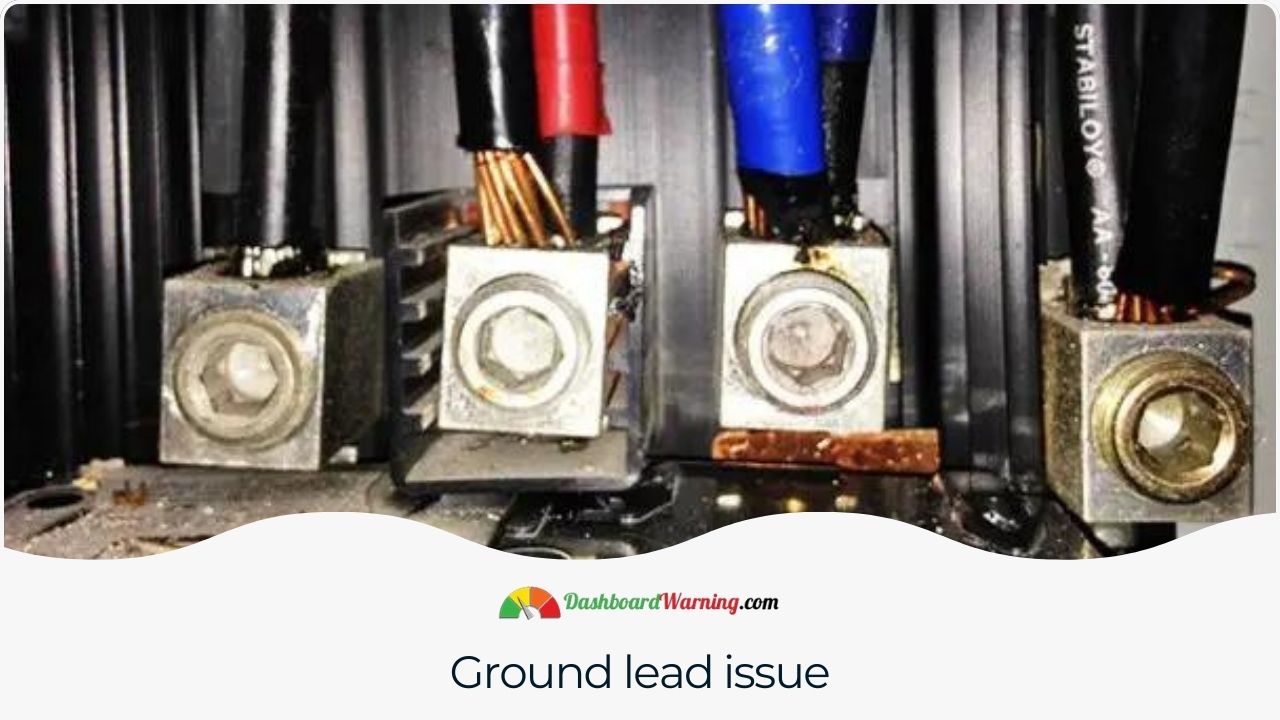
The ground lead in a car is an important connection from the minus battery terminal to the vehicle's chassis. This wire plays an integral role in providing the foundation for all of the current flowing through your car, and if it has any faults or errors, this can significantly impact its functionality. If there are any issues with the ground lead, you will experience various electrical problems and prevent the proper functioning of chassis control. Any faulty ground leads must be identified and replaced immediately with fresh ones to ensure optimal performance.
➰Defective wiring harness
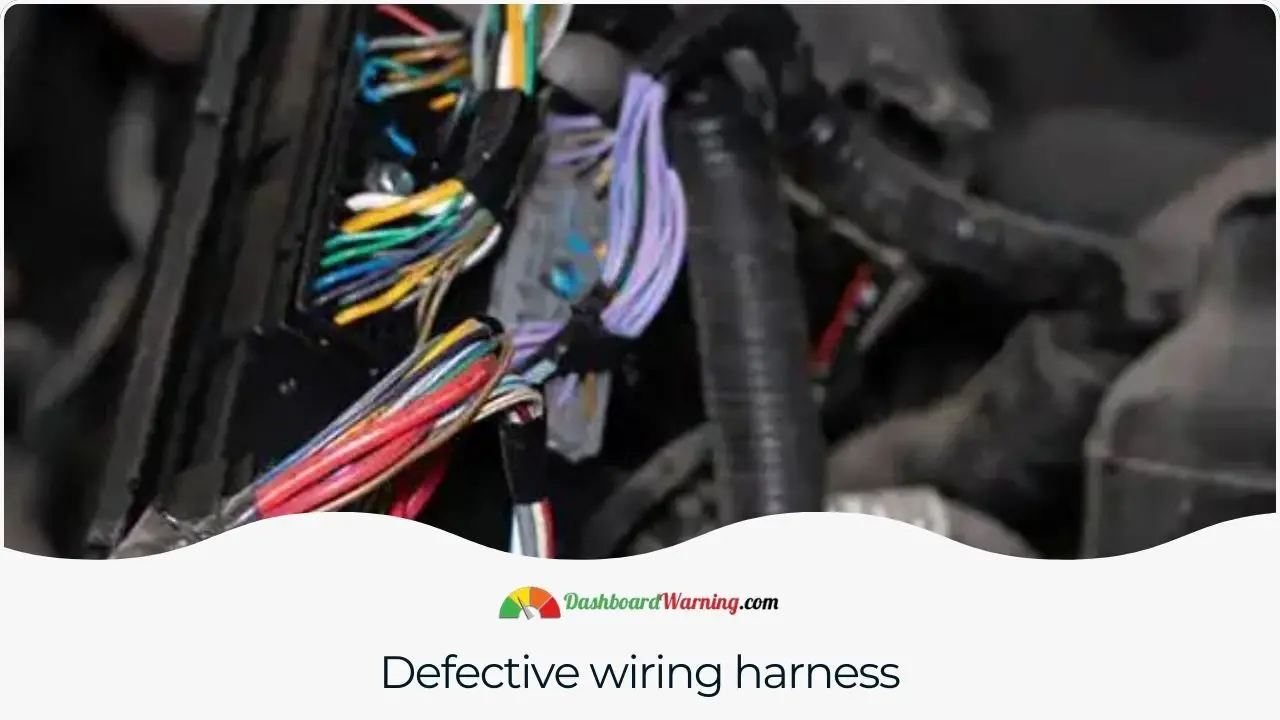
A wiring harness is essential to a modern car, providing the necessary connections between electronic and electrical parts. It consists of cables and wires organized within a tube or sheath made from insulation material, allowing them to be routed securely through the vehicle. If any of these wires become defective, it can prevent commands from reaching other components, potentially resulting in your car not starting up properly. To avoid this situation occurring, it is important to inspect the wiring harness regularly for defects so they can be identified and rectified if necessary.
💭Final Thoughts
The Chassis Control System (CCS) is a standout feature in many Nissan models, providing drivers with extra confidence and an improved driving experience. While it's typical to find this system in Infiniti and other makes, sometimes error warnings may appear. It can be challenging for non-professionals to diagnose what is causing the issue; therefore, owners of these vehicles should take their cars to a qualified mechanic if they encounter any problems with their CCS.
Read also: Forward Emergency Braking Light on Nissan Rogue
FAQs About Chassis Control System
What is a chassis control system?
These electrically powered vehicles require efficient systems to control friction and regenerative braking optimally. Additionally, electric drives are necessary for powering subsystems such as power steering and braking; this eliminates the need for drive force or vacuum provided by the engine. Through this advanced engineering approach, these sophisticated vehicles can reach new heights of performance.
What does the chassis control module do?
The Chassis Management Module (CMM) provides comprehensive management and control of the chassis. It is responsible for monitoring, controlling, and ensuring the proper operation of modules and other components within the chassis. Additionally, it enables maintenance personnel to determine if any faults or issues are present to take appropriate corrective action as needed. The CMM offers a reliable solution for keeping track of all system elements within the chassis, thus effectively prolonging component life cycles and reducing operational costs.
What does chassis control warning mean?
If the "Chassis Control System Error: See Owner's Manual" warning message appears in the vehicle information display, it is advised that the Anti-lock Rotation Control (ARC) system should be checked as soon as possible by a NISSAN authorized dealer. Ignoring this problem can lead to further and more severe damage to the car, so it is highly recommended that you follow this advice and see your vehicle immediately.
What does chassis control system error mean in a Nissan Rogue?
The Chassis Control System is a vital component of any vehicle, and its proper functioning is essential for the driver's safety, performance, and comfort. Problems with the system can have varied effects on engine performance, ride quality, and directional stability. Symptoms that may indicate an issue include reduced engine power, compromised ride quality, poor steering control, and difficulties starting or completely failing to start if caused by an engine control problem.
Was this page helpful?

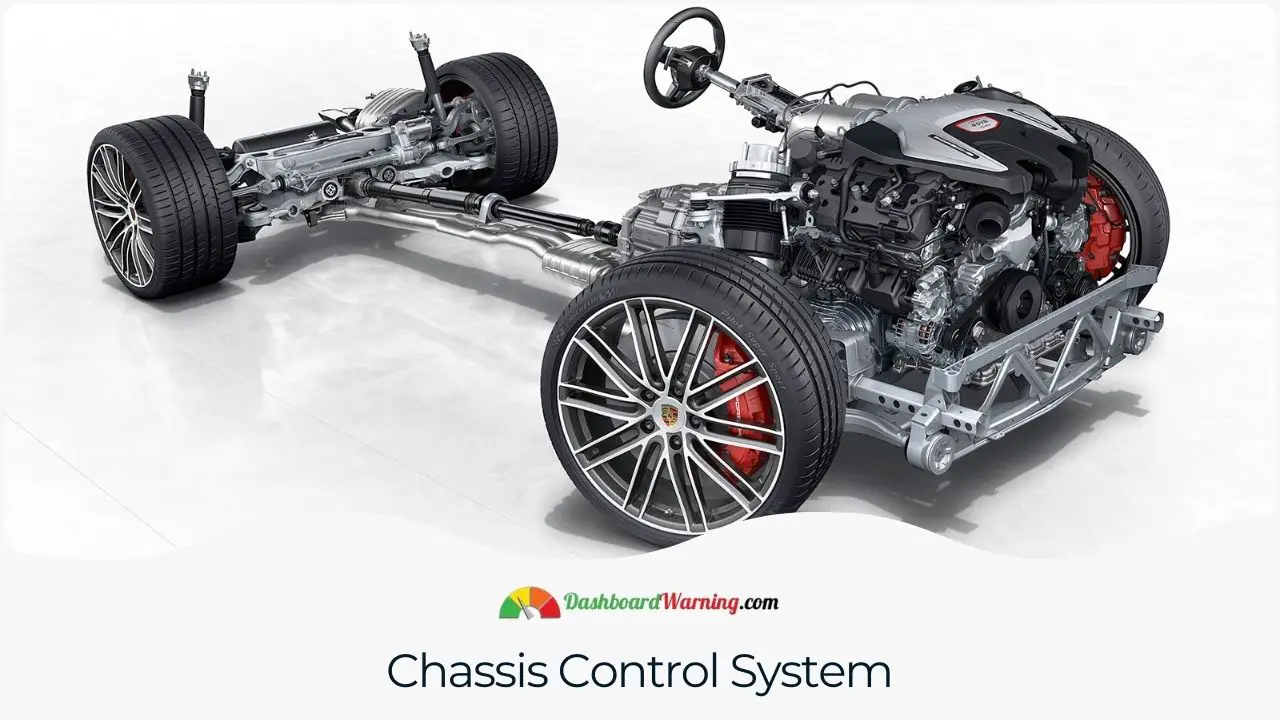
More important content about Engine Codes
P2419 Code: Here's How to Solve It Fast
P0090 Code: Here's How to Solve It Fast
P1717 Code: Here's How to Solve It Fast
P0313 Code: Here's How to Solve It Fast
P1405 Code: Here's How to Solve It Fast
Tips and Advice
Porsche Cayenne Years To Avoid
Subaru Legacy Years To Avoid - 5 Worst Years
Pt Cruiser Years To Avoid
Use 5w30 instead of 0w20 - Advantages and Disadvantages
Tractor Dashboard Symbols And Meanings
Suzuki Sx4 Years To Avoid - 5 Worst Years